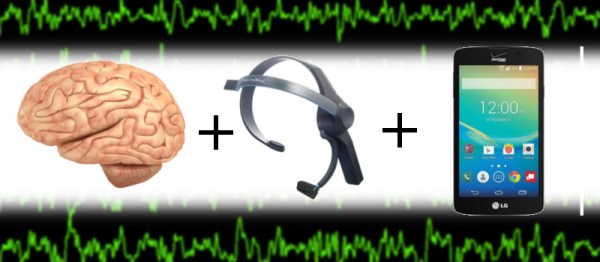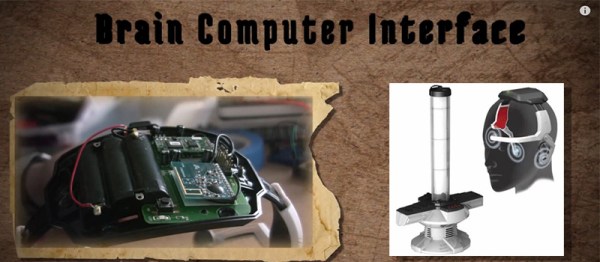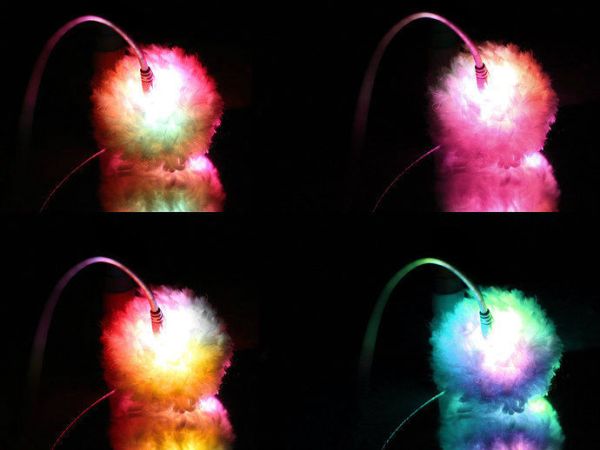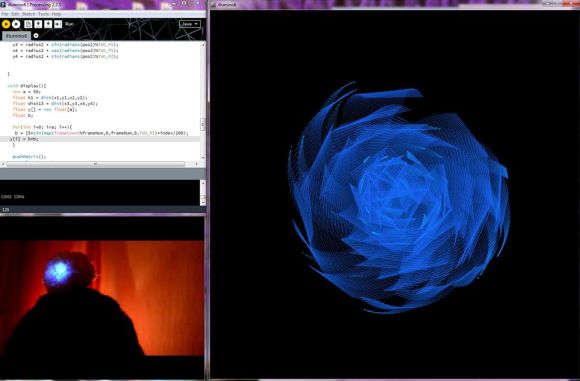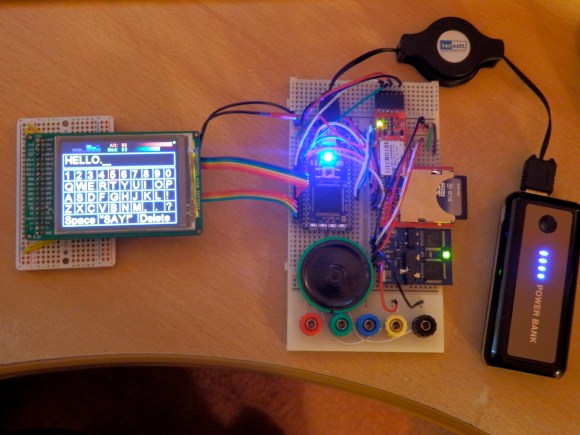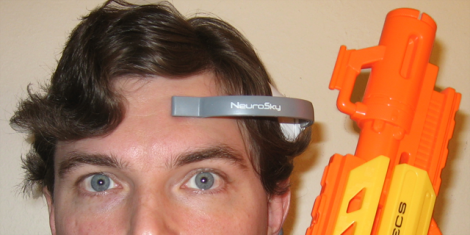Several years ago, a company called Neurosky came out with an interesting chipset meant to be put in an EEG headset. This chipset would track your brainwaves, do some fancy math, and output a few numbers based on the Delta, Gamma, Alpha, and Beta waves in your brain. Of course, the senseable thing to do with this technology would be to put it in a Star Wars-branded toy where you pretend to be a Jedi. All was good with the world, and a few people hacked these Jedi Mind Trainers for some interesting builds.
But the Neurosky chip was still a black box. No one knew how it worked. The ‘concentration’ number had no relation to anything, except how hard you were apparently concentrating. In an effort to break this black box and build upon years worth of EEG hacks, [Curt White] is hacking a fitness tracker for EEG analysis for his entry into the Hackaday Prize.
The hardware in question for this build is a B20 Fitness Tracker, an ungodly cheap piece of hardware that contains an ADS1292 bioimpedance sensor that can be used for ECG, EMG, and EEG. There’s also an nRF microcontroller with Bluetooth that’s easily programmed with an Arduino. All the building blocks are there.
Right now, [Curt] has successfully opened up one of these fitness trackers and has done enough of a teardown to get the data off of the bioimpedence sensor. The trick now is to emulate the ‘concentration’ and ‘relaxation’ values the Neurosky chip puts out. This is fairly difficult, as what these values actually mean in terms of brainwaves is a bit opaque, but [Curt] has some filters and some tools to pull data from the brain and output something. Now it’s just a question of outputting the right values.
It’s a fantastic hack, that is sure to be a lot more affordable than buying some old Star Wars toys or paying a licensing fee to Neurosky. This is commodity hardware hacked to do something it was never intended to do, and an excellent entry to this year’s Hackaday Prize.





